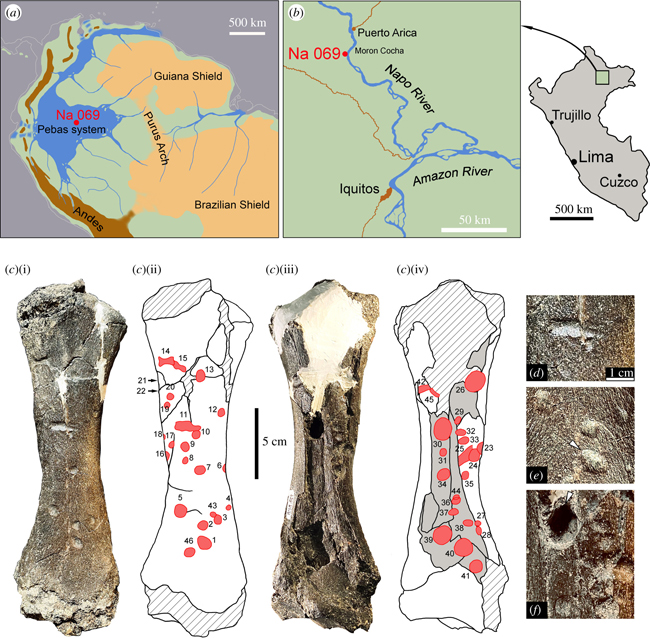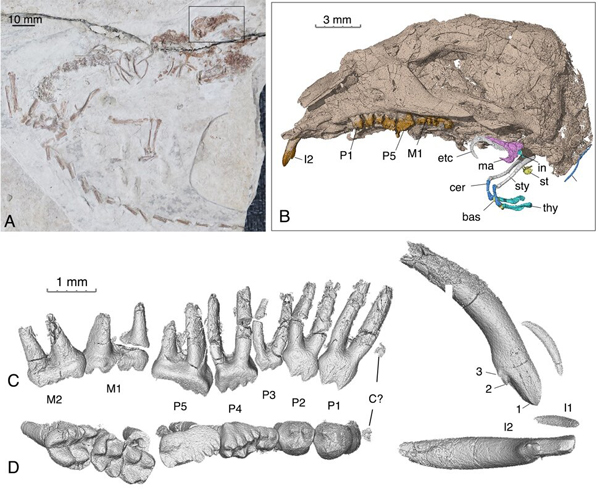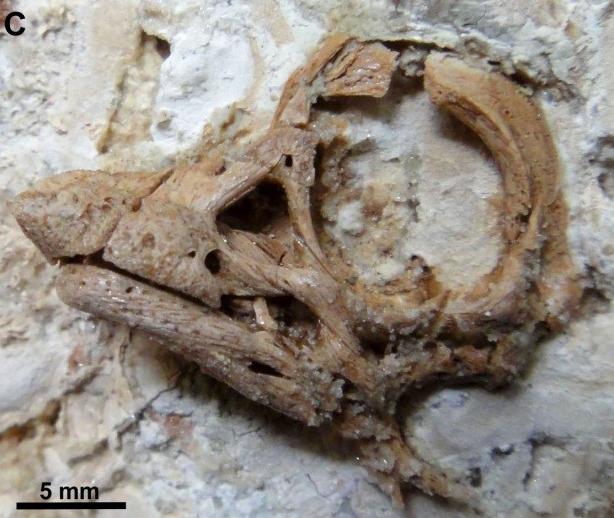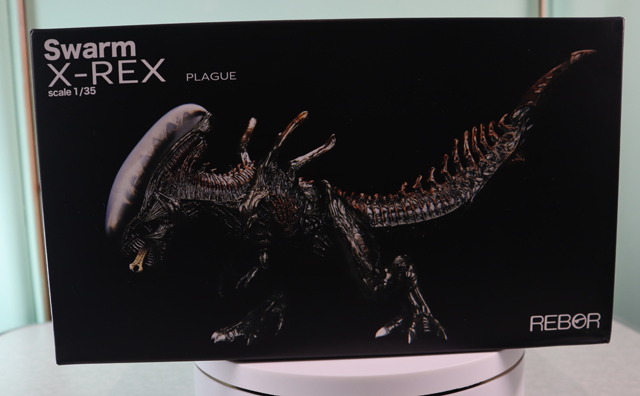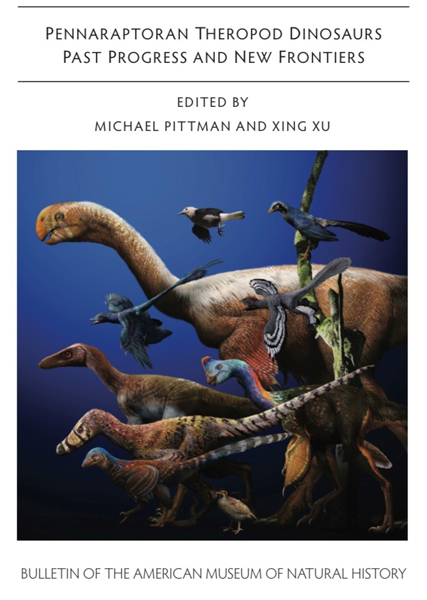Hunting Ammonites A Wonderful Fossil Collecting Trip
Hunting Ammonites
For a few hours team members at Everything Dinosaur were able to take a break from their duties and to visit the Yorkshire coast on a hunt for ammonites and other fossil remains. It was an early start to take advantage of collecting on a low tide and to make the best of the fine weather that had been forecast. For many fossil hunters, the hunt is almost as rewarding as the finds. With all the problems with travel at the moment due to the COVID-19 pandemic, it made a pleasant change to be able to participate in a fossil hunting expedition, albeit only for a few hours.
The Spectacular and Very Beautiful Yorkshire Coast

Picture credit: Everything Dinosaur
Avoiding the Cliffs Whilst Fossil Hunting
The recent heavy rains had saturated the cliffs, making the risk of rockfalls even greater. During the team’s visit to the beach, several small rockfalls were observed, however, team members stayed away from the cliffs and were content to scour the foreshore looking for fossils. As this location on the North Yorkshire coast is a SSSI (site of special scientific interest), hammering rocks out of the cliffs is not permitted. There were plenty of ammonites to see, including quite large ones, preserved at numerous locations at beach level.
Large Ammonite Fossils Could be Observed on the Beach
Picture credit: Everything Dinosaur
The cliffs at this location are very dangerous and there is a steep and hazardous descent to the beach from the cliff top, this location is not for the faint hearted and not suitable for family groups.
Searching for Fossils on the Foreshore – Some Interesting Finds

Picture credit: Everything Dinosaur
The Everything Dinosaur website: Everything Dinosaur.
Lower Jurassic Fossils
The strata dates from the Lower Jurassic and there were plenty of small fragments of ammonites to collect in addition to the occasional gryphaea fossil along with various bivalves and brachiopods. Some of the large specimens were kept as when we visit schools or conduct outreach science activities, we like to give away fossils to help provide resources to the teaching team and to encourage young people to take up fossil collecting as a hobby.
An Ammonite Fossil Found on the Beach

Picture credit: Everything Dinosaur
An Ammonite Model
When we visited schools we liked to take an ammonite model with us as well as ammonite fossils. The model helped the children to understand what the creature looked like in real life.
A Model of an Ammonite
The picture (above) shows a CollectA ammonite figure. To view this range of prehistoric animal models: CollectA Prehistoric Life Figures.





